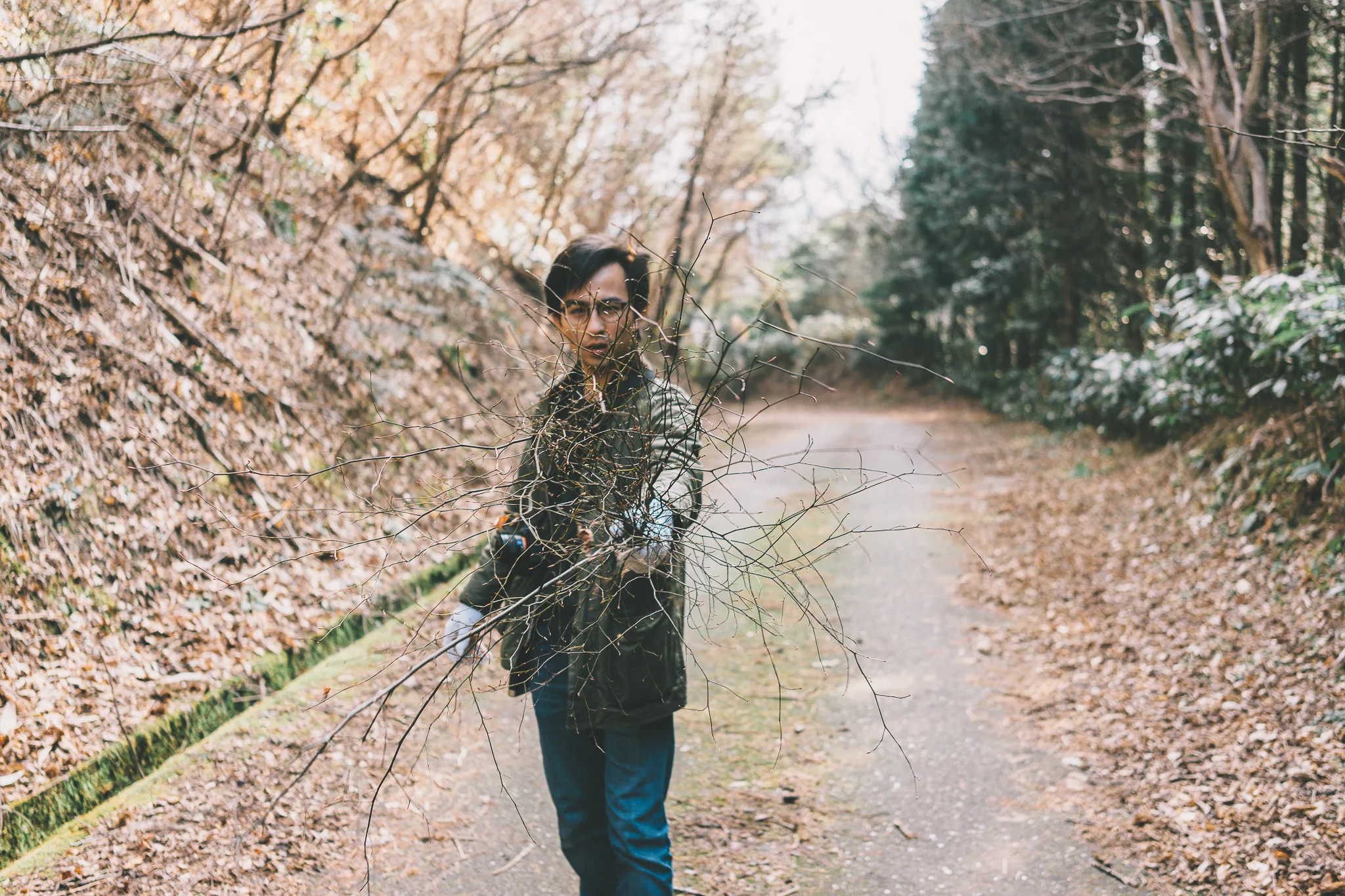Nukazuke: No one pickle is the same
I think pickling is a beautiful thing. It’s one of those things that I can’t live without.
We got the OG half-sours pickles that are crisp to the bite, tangy to the taste, and just fun being able to bite into a whole pickle. Kimchi with that fermenty funkiness that will definitely stink up everything in a 3 meter vicinity of you, but you can’t get enough of that spicy and stinky combo. Sour kraut, some good German sausage and beer is simply out of this world, the combination of the fattiness of the sausage which is cut by the sour and tangy Sour Kraut. I can keep going on.
Here in Shimane, I mainly pickle my vegetables using vinegar, sugar, salt, and some spice blend. For more western flavors, I increase the sugar and add garlic, black pepper, fennel seed, etc. This blend goes pretty well with things like hard boiled eggs, green tomatoes, cucumbers, or even jalapeños. For more Japanese flavored pickles, I use little less sugar, add more vinegar and use things like konbu(seaweed) or dried chilis to add more of that umami flavor (essentially you can just add MSG…). This I find goes well with daikon radishes, turnips, and carrots. For the Japanese style pickles, you can slice the vegetables and massage them with some salt which will increase the pickling process so that you can eat them in like 30 minutes to an hour.
step one:
Cut veggies
Step Two: Slice Veggies
Step Three: Pickle and Profit
Nukazuke is a little different though
(Nuka=rice bran, zuke: topickle)
Nukazuke is essentially pickling of vegetables using almost like this rice bran paste that is made though fermentation by adding salt, water, konbu, vegetable scraps, and etc. to the rice bran. You can make nuka by starting the fermentation process yourself, or even get a little starter from a neighbor or somebody with already made nuka, a bit like sourdough. This technique of pickling was apparently used because the rice bran has a lot of vitamins, like vitamin B1, that would prevent certain forms of malnutrition. I mean I have no idea what Vitamin B1 is exactly, but I guess its important to a person’s diet.
Today we isolate vitamins and create pills that have concentrated forms of this nutrients that we need, but people in the past have already figured out ways to incorporate those vitamins into our food traditions.In a way you can think of Nukazuke as the OG supplement pill for Japanese people. Not to mention the probiotic benefits of this pickling method because its fermented! So you get delicious pickled vegetables that have vitamin you need in your diet and promote good gut health.
how to make nukazuke
So I cheated a little, and didn’t make my nuka starter on my own, and bought a bag of the stuff at a local shop. I know, I know, GUILTY. It’s just making a nuka starter takes about 2 weeks, and I wanted to speed the process up a little okay? But I didn’t cheat on the vegetables, grew then right in my garden. This turnip is known as tsudakabu (津田かぶ), a turnip native to the Shimane and Hiroshima area. Yes its supposed to be this shape!
So after you buy the starter, you first have to do a step called Sutezuke (Sute= Throw Away Zuke=To Pickle), which is essentially getting some vegetables to take the excess salt content out of the nuka. You can eat this batch, but it tends to be pretty salty and pointy in flavor. After the Sutezuke, you can put whatever vegetable you would like to pickle, classic choices are cucumbers, eggplants, carrots, and turnips. The quicker you take the vegetables out of the nuka, the less flavor will be in the vegetable, and the longer you keep it in the nuka, the stronger and “funkier” the flavor will get. While you pickle your vegetables, you are supposed to mix the nuka with clean hands so that mold does not grow on the surface of the nuka. If you continue this process and keep it hygienic, the nuka does not go bad and can even go on for decades without going bad.
Step one: ready the Nuka
step two: put veggies in Nuka
step three: cover veggies
Step four: leave and mix daily until desired flavor




























